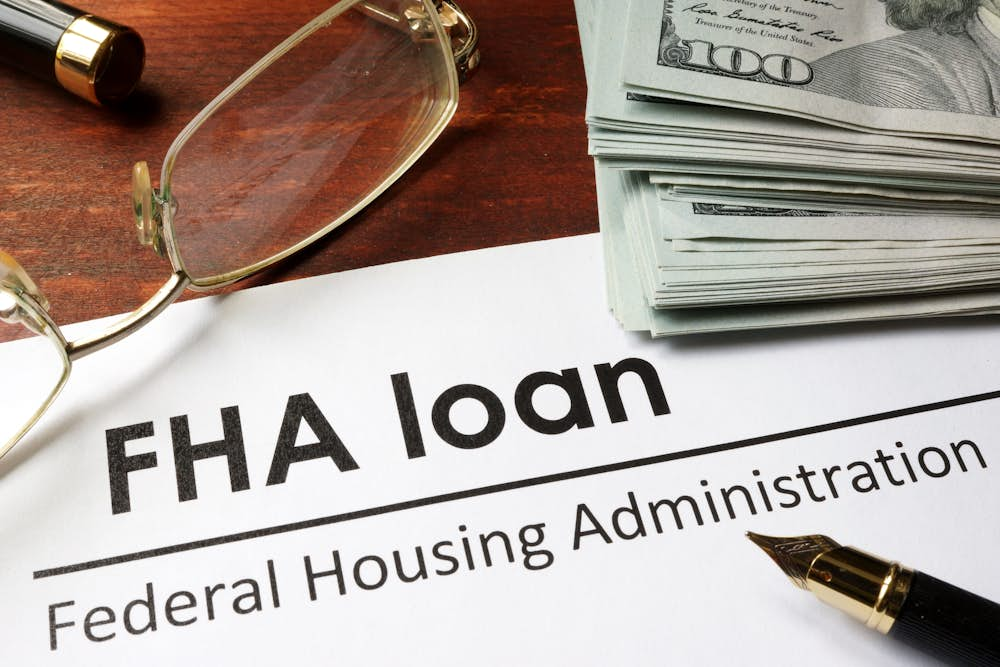(770) 344-0172
(770) 344-0172
Jul 20, 2023

Buying a home in the current real estate market has become increasingly difficult and stressful due to higher rates, elevated prices, and low inventory. Aspiring homebuyers face numerous questions and uncertainties, especially when it comes to understanding their potential mortgage payments. The three most widely used types of mortgages available are the FHA, Conventional, and VA loan. We at Narwhal are doing a special series where we review the different options and intricacies within each mortgage option. In this blog post, we will delve into the key factors that determine your payment and explore the different mortgage options available, focusing on the FHA loan.
The FHA is a popular option amongst first-time homebuyers, typically offering a lower rate than borrowers who choose to go down the conventional loan route although there is no concrete guarantee. With low down payment requirements as well, many borrowers find themselves attracted to using this option. The FHA loan option allows for borrowers with at least a 580-credit score to finance a home with a down payment of only 3.5%. For example, if someone is purchasing a home for $300,000, the minimum down payment required is $10,500. An FHA mortgage for borrowers with a credit score of 500-580 is available for buyers as well, but with a minimum 10% down payment instead of 3.5%. Now it is important to note that a common practice in the mortgage business is that the mortgages are often bought by Freddie Mac and/or Fannie Mae, but they will only buy mortgages with a credit score of 620 or above. What this means is that due to the extra risk lenders may carry, the interest rate available with a credit score under 620 will typically be higher.
Mortgage Insurance is required on FHA loans and can be paid across a variety of ways. Mortgage insurance can be paid up front “FHA Upfront MIP” and that is 1.75% of the total loan amount. This allows the homebuyer to get the mortgage insurance out the way by paying for it upfront so that it reduces the monthly payment available. If it can be afforded, this is a great option to lower a borrower’s monthly debt obligation and help increase cash flow. The second and more common option is to roll the mortgage insurance into the monthly payment. The FHA uses a table to calculate the monthly mortgage insurance required for a loan. The down payment plays a pivotal role here as a down payment of 10% or more will allow the mortgage insurance to come off after 11 years. A down payment of less than 10% for a home will require the mortgage insurance to be paid for the entirety of the loan.
The FHA also allows for a little more leeway with debt-to-income ratios than conventional loans. The FHA has both “front-end” and “back-end” debt to income ratio requirements. The “front-end” ratio looks at housing debts only (mortgage payment, insurance, property taxes, etc.) compared to monthly income. The back-end number takes all recurring debts into account. This will include not only the mortgage payment, but credit cards, car loans, and student loans. As there is more debt usually when calculating the “back-end”, the threshold will be higher on the “back-end”. The “front-end” ratio has a 31% and the “back-end” has a maximum ratio of 43%.
So, who can apply for a mortgage loan? We’ve already looked at the minimum credit, down payment requirements, and debt to income ratios needed but what else is required to be approved for an FHA loan? Well, the FHA will refuse to finance homes, vacation homes, investment properties, or homes that are being flipped. The property must be a primary residence (the homeowner lives there for most of the year). Loans are also limited by size, so a jumbo FHA loan is not available. Maximum loan limits vary by state and county.
In conclusion, while the current real estate market presents challenges, the FHA loan option offers some advantages for first-time homebuyers, making homeownership more feasible with its lower down payment and potentially lower interest rates. It's crucial for potential buyers to carefully consider their credit score, down payment capability, and debt-to-income ratios when exploring their mortgage options. Keep an eye out for our upcoming blog posts, where we will continue to explore other mortgage options and the intricacies within each one to help you make informed decisions on your path to homeownership.

Account Executive
Moe started at Narwhal in the fall of 2022 as an investment intern and joined the Narwhal team in a full-time role in April of 2023 after graduating from the University of Georgia with a degree in Finance and an emphasis in Pricing and Valuation. Moe is tasked with servicing a portion of Narwhal’s client base and evaluating and doing research on investments as a member of the Investment Committee. In his free time, Moe enjoys going to Braves’ games, playing golf, hiking, and watching the Georgia Bulldogs win National Championships.
At Narwhal Capital Management, you’re more than just a portfolio, and it’s not all about the numbers. Let’s start with a meeting about your needs and future goals.